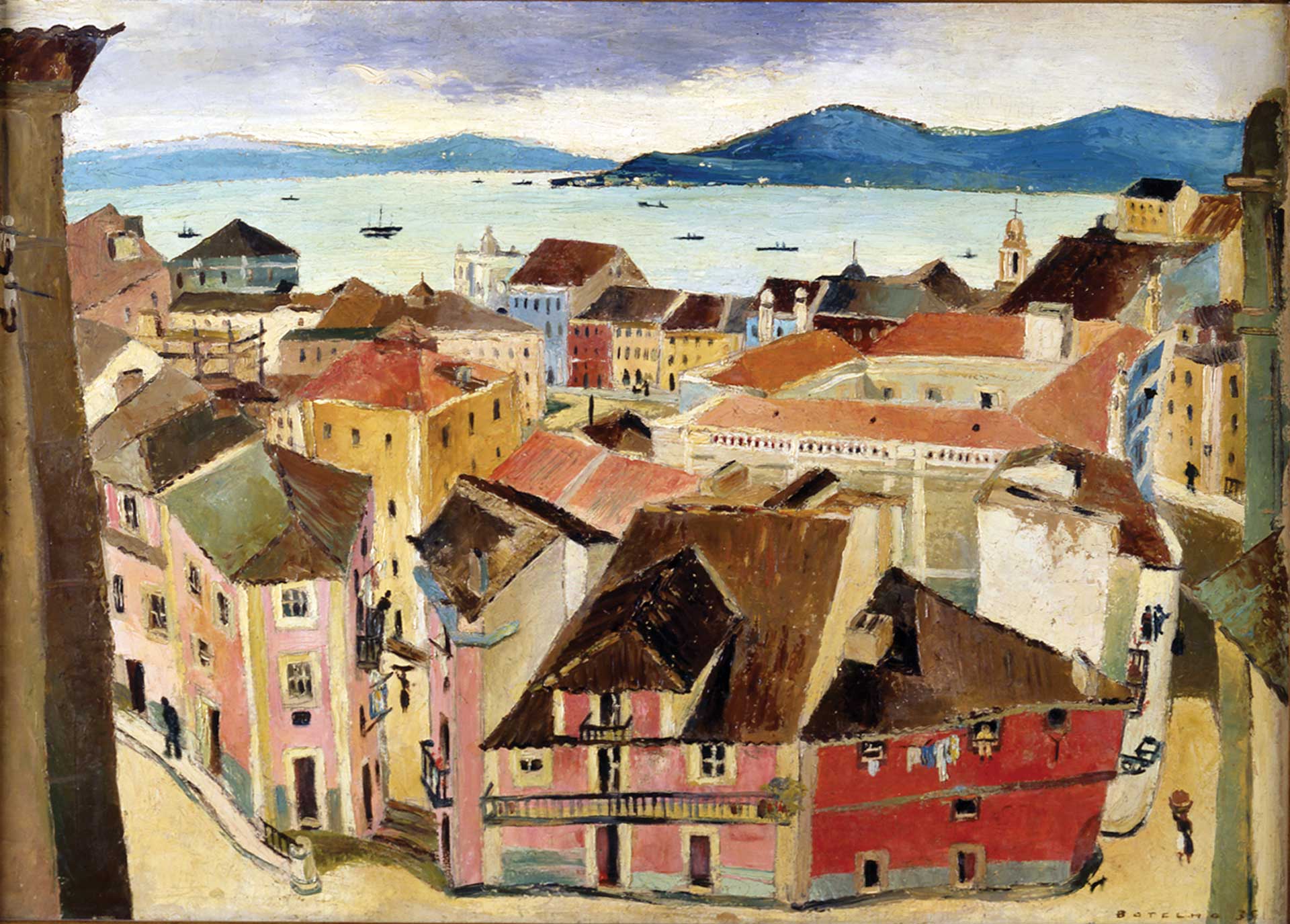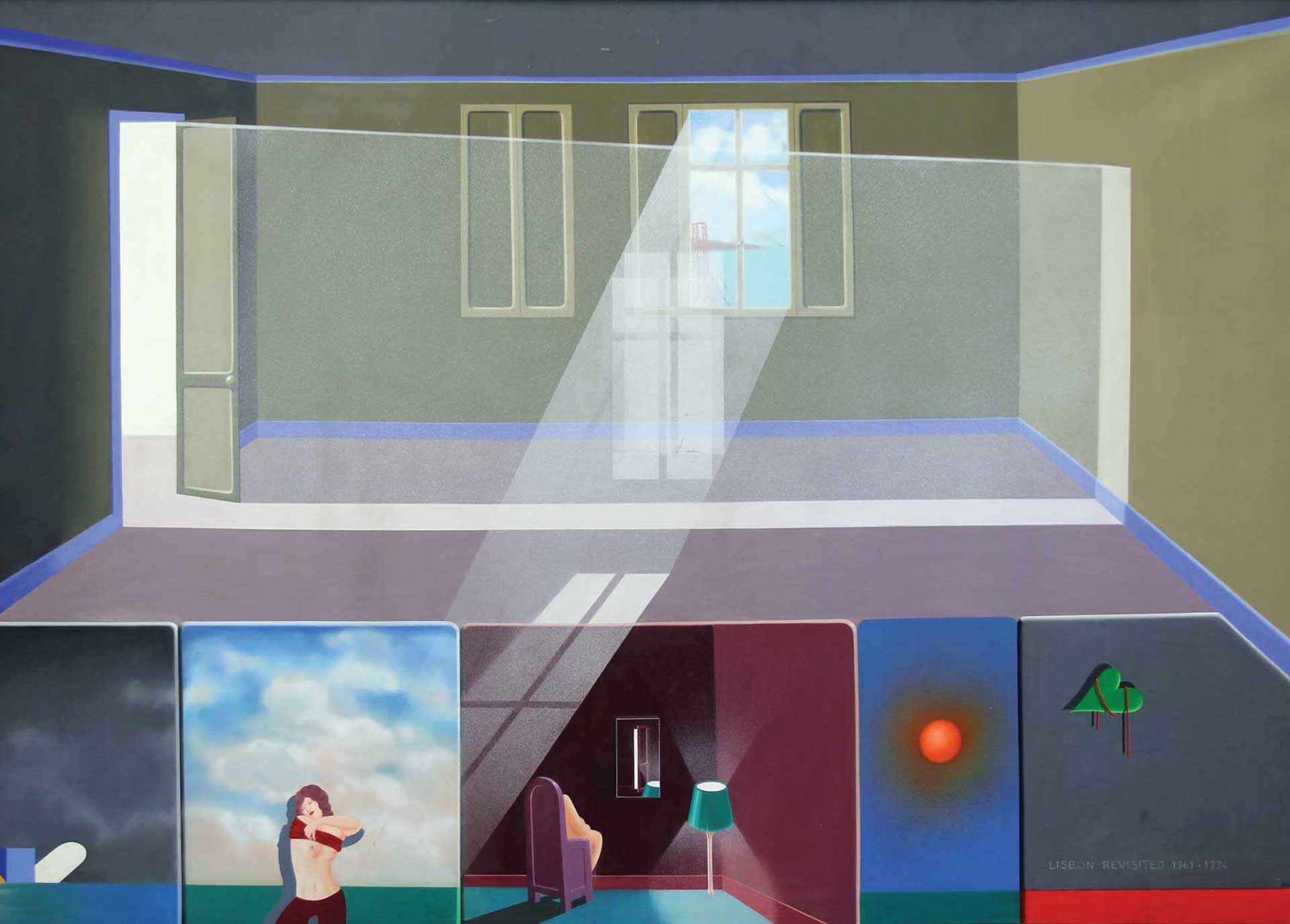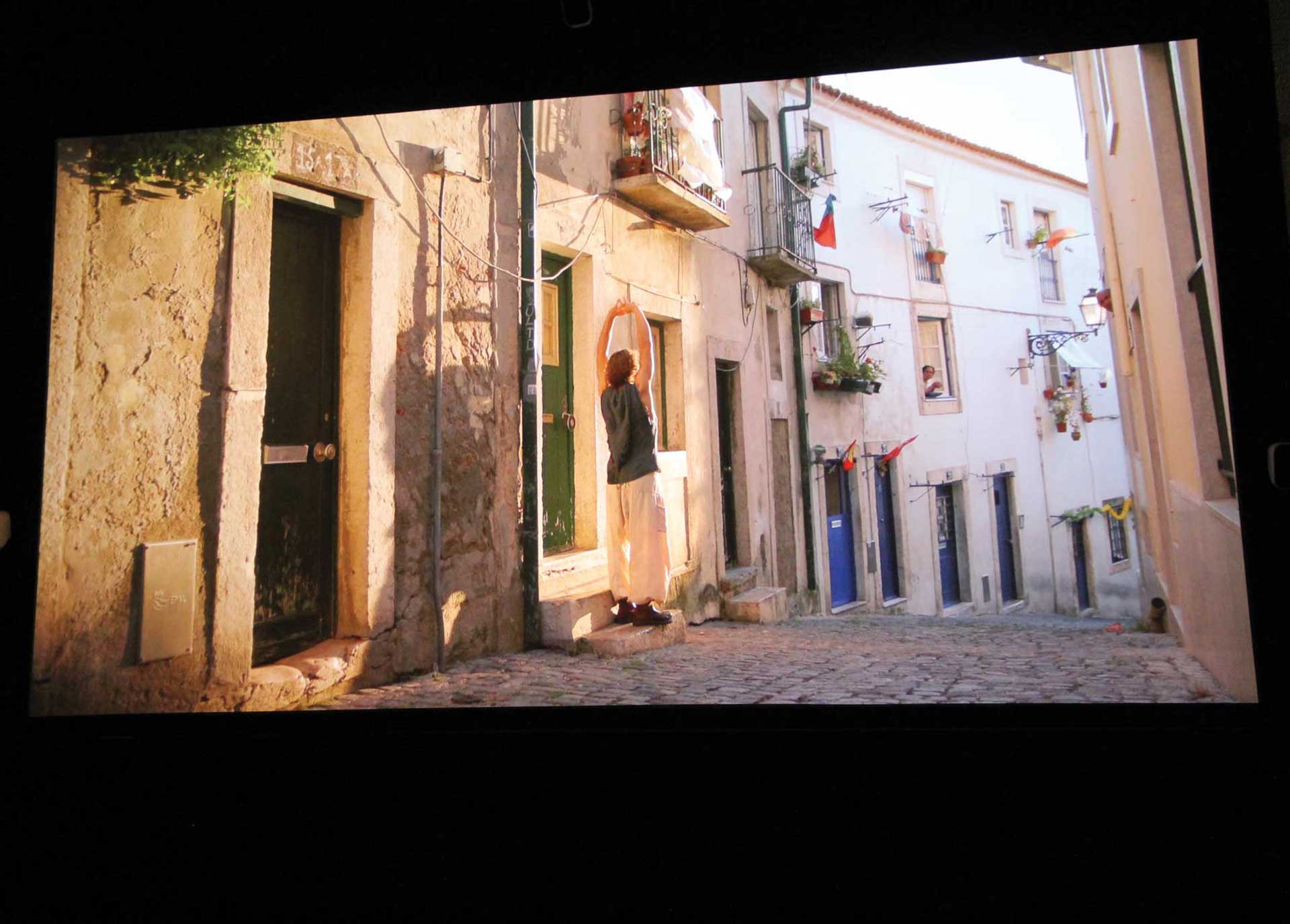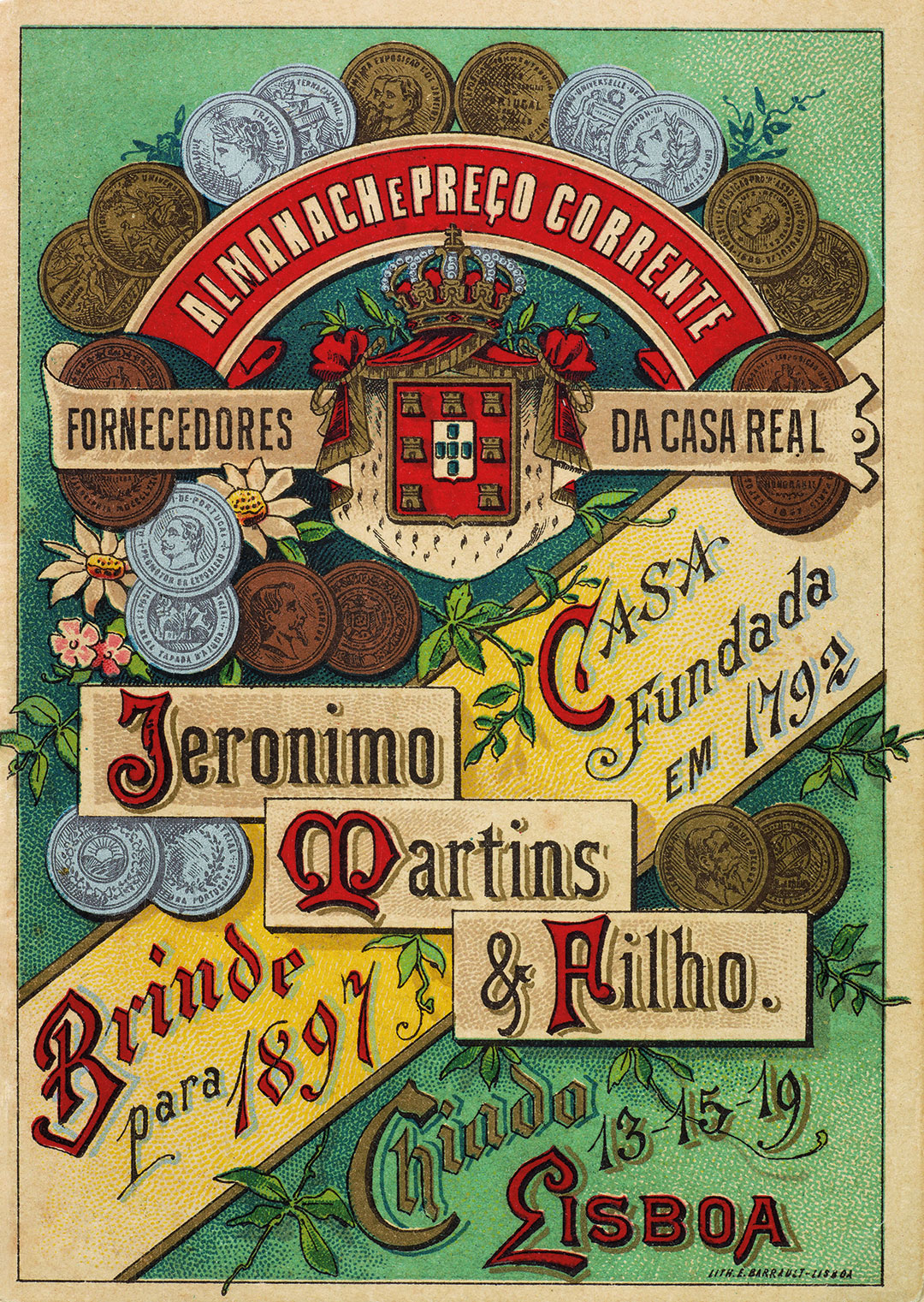
WHY DOES THE LIGHT OF LISBON AMAZE ARTISTS CONTINUOUSLY?
Are the reasons for its uniqueness more physical or more poetic? What makes it different? Rather than providing definitive answers, the idea behind the first and most comprehensive attempt to depict the singularity of the phenomenon in exhibition format was raising new questions and offering new perspectives on the special clarity of the city. Created in the scope of the UN/UNESCO International Year of Light’s celebration, “The Light of Lisbon” was held between 2015 and 2016 in the multi-branched Museum of Lisbon. In order to capture the mythical luminosity of the Portuguese capital, the event, coordinated by Joana Sousa Monteiro, brought together a significant number of artistic expressions from the twentieth century, crossing various fields, from literature to advertising, from painting to photography and cinema.
The exhibition’s layout intended to put science and arts in dialogue, complementing their languages and speeches to take visitors to look at and to feel this unique light. That was why the project was curated by a person from each field: Ana Maria Eiró, full professor of Physics at the Faculty of Science of the University of Lisbon and former director of the Museum of Science of the same university, and Acácio de Almeida, co-founder of the Portuguese Centre of Cinema and Director of Photography in several films that selected Lisbon as a scenery, as Alain Tanner’s “The White City”.







